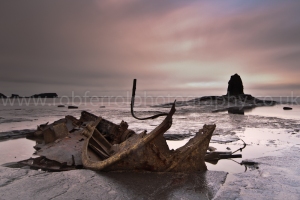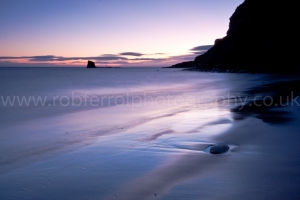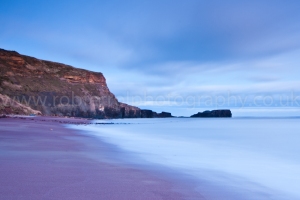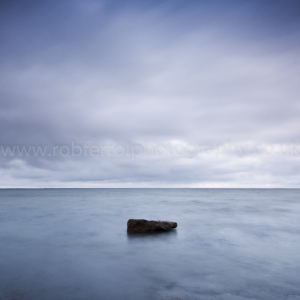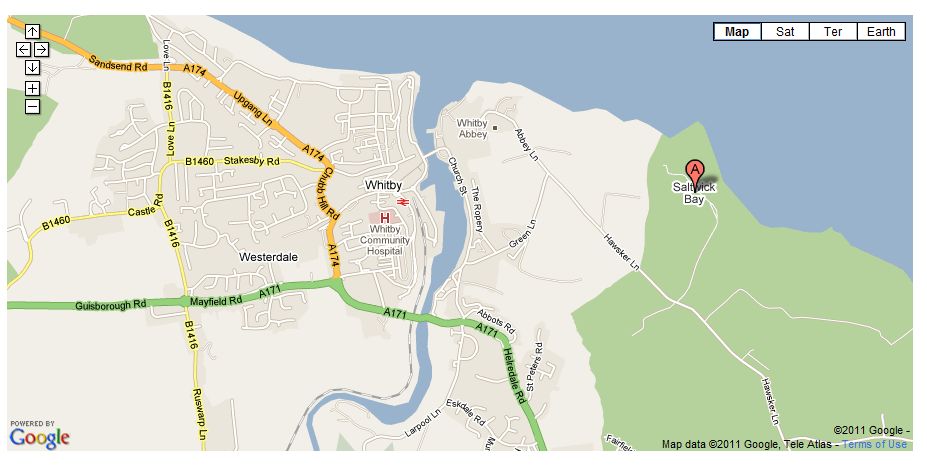 When I shoot landscape imges the summer months tend to be the least liked as it often entails a very early rise out of bed to get to a location in time for the start of the 'golden hour' (the hour before sunrise). With the sunrise on the east coast at about 04:30 the golden hour would be starting at about 03:30 and as I dont live near the coast I had to take into account the traveling time too.
When I shoot landscape imges the summer months tend to be the least liked as it often entails a very early rise out of bed to get to a location in time for the start of the 'golden hour' (the hour before sunrise). With the sunrise on the east coast at about 04:30 the golden hour would be starting at about 03:30 and as I dont live near the coast I had to take into account the traveling time too.On one particular morning I left the house at 1am (yawn) and headded up to Whitley Bay near Newcastle, with fellow photographer Carl Mickleburgh, to photograph St Mary's Lighthouse. Throughout the whole journey our eyes were constantly scanning the sky checking for cloud cover etc, mine sometimes checked the inside of my eyelids befre Carl braked harshly to wake me up, lol. We have had so many early outings scuppered by poor weather we wondered if this was yet to be another wasted journey. The landscape photographers game is never easy, however much planning and preparation you do, you cannot control mother nature and the weather forcasts seem increasingly unreliable, so, sometimes we have to take these chances.
We arrived on location at about 03:15 to find the light show already on, so much for the 'Golden Hour'! The light was coming up so fast it was a mad rush to get down on the beach and soon the early rise was forgotten. The light changed rapidly through the whole light spectrum from cool blues to deep burning reds. Near perfect cloud cover helped create some dramain the skies and slow down this light transition, enough time for me to quickly choose another composition.
We had just over an hours worth of workable light then it was out with the Lee Filters 'Big Stopper' to gain a few long exposures then hit the road in search of a BIG breakfast - which incidentally turned out to be a small expensive breakfast.
St Mary's Lighthouse is located just North of Whitley Bay on an island just off shore but connected to the mainland by a small tidal causeway which, incidentally, makes a great leading line for your images. While it no longer functions as a working lighthouse, being decommissioned in1984, it is easily reached at low tide and is open to visitors where they will find a small museum, visitors centre and a cafe.
Here are a selection of my favorite images from St Mary's Lighthouse.



















